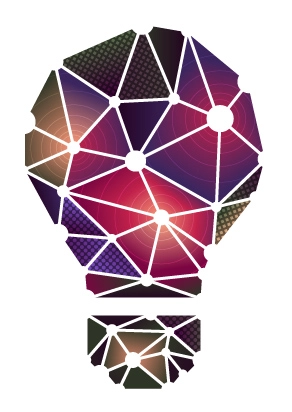Wow, fascinating issue, this one. For now the short answer is a simple “no”, and several patent offices across the globe have already ruled that AI machines cannot be regarded as inventors. See e.g., article by the Chinese law firm, Liu Shen.
However, as AI machines become ever more powerful, the issue is bound to come up again and again. One sign that the issue is still alive is that the U.S. Patent and Trademark Office is apparently trying to resolve several thorny issues related to AI inventors, including the following:
(1) What constitutes an AI invention. Is it the AI database? The algorithm? How the AI is trained?
(2) What about disclosure of the inventive subject matter? The current patent laws require that a patentable invention must be disclosed in sufficient detail that a hypothetical person of ordinary skill in the field of the invention (a PHOSITA) can make and use the invention. Is an AI machine a sole if it comes up with a general idea, but sufficient disclosure is only provided by a human?
(3) What about that PHOSITA? With that hypothetical person include only humans? Or would it potentially include other AI machines, or other instances of the same AI machine?
(4) What about ownership and assignment? If an AI machine has patent rights, are those rights automatically transferred to a person or company owning the AI? What if the AI is public domain? Do the patent rights go to whomever trained or used the AI? What if a person simply installed the AI on his/her computer, and that AI machine invented something without any direction at all?
(5) What about disclosure of prior art? Current patent law requires that an inventor disclose to the patent office all information that the inventor possesses, that a reasonable examiner would want to know about, and that is not cumulative. Depending on the AI algorithm it might be impossible for an AI machine to determine what information it used to derive the invention.
At Fish IP, we don’t see the issue going away anytime soon. What happens, for example, when electronic or bio-neural processors are embedded in brain tissue? Did an invention arise from the embedded processor, or the human part of the brain? And what if the invention arose because the electronic or bio-neural processor was communicating with others, in a sort of hive as contemplated by US patents 9,501,573 and 10,055,771? Time to fasten your seat belt!
